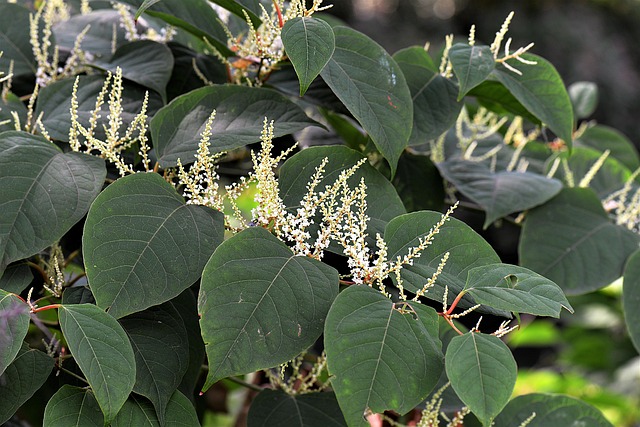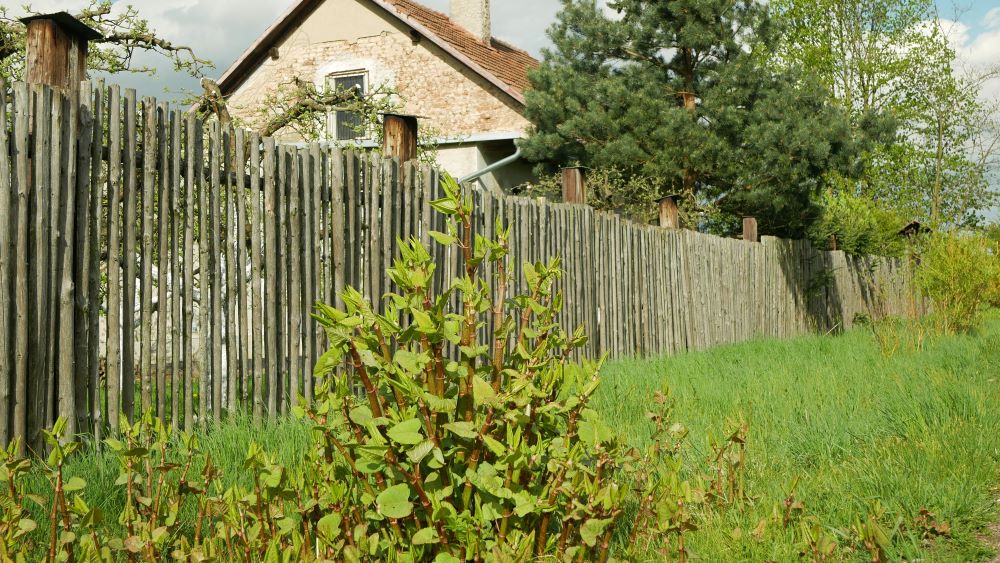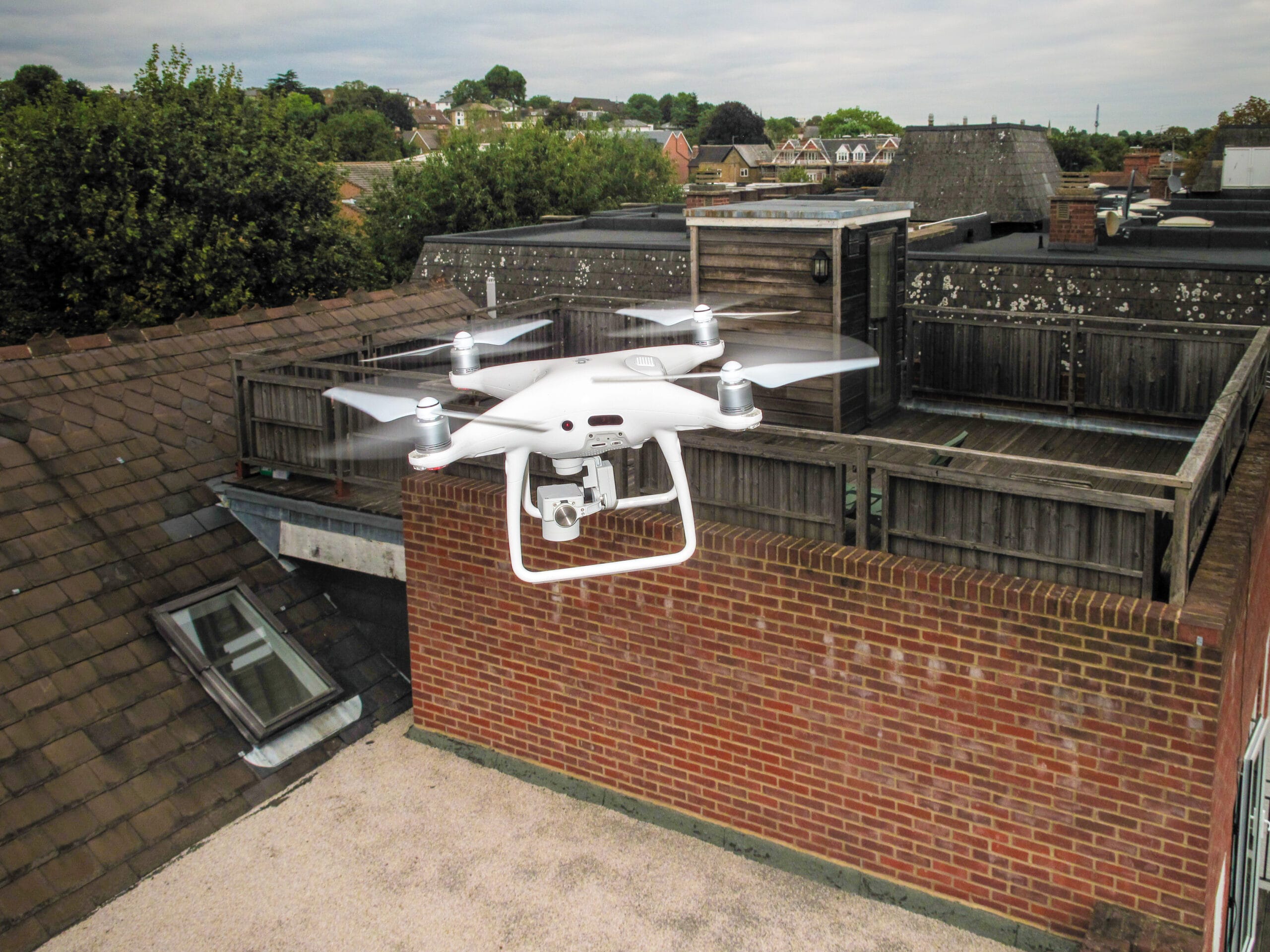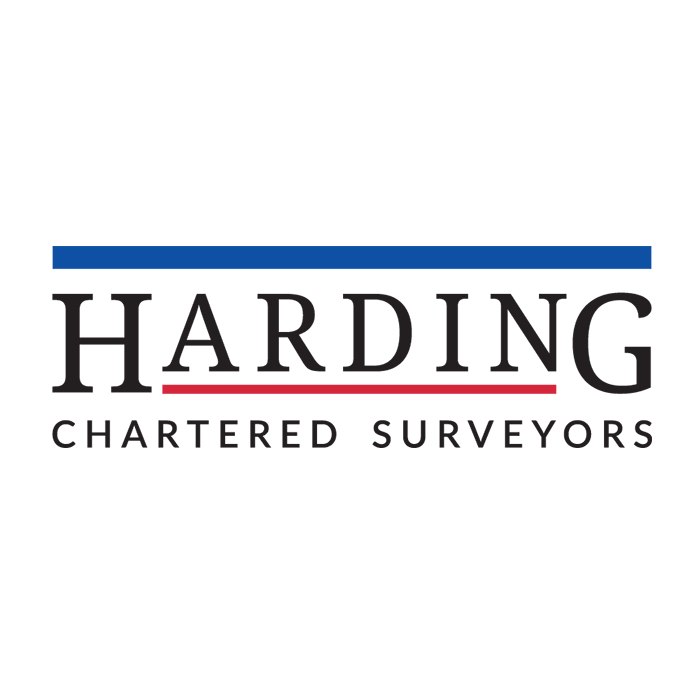Japanese Knotweed Surveyor
What is Japanese Knotweed?
Japanese knotweed, an aggressively invasive plant species, has become a significant concern for homeowners surveyors and mortgage lenders, especially around London. It was introduced initially to the UK in the mid-19th century for its ornamental qualities, characterized by striking red stems and lush green leaves. This plant can have an extraordinary growth rate, potentially up to 20cm per day, and its roots can penetrate as deep as 3 meters. Remarkably resilient, Japanese Knotweed can breach concrete and tarmac surfaces. It substantially threatens other vegetation by overshadowing and depriving them of sunlight. Despite not producing seeds, its ability to regenerate from even minuscule segments of its rhizomes – the extensive underground network of stems and roots – makes it particularly formidable and challenging to control.
The implications of Japanese knotweed are particularly significant for mortgage lenders. Its presence can considerably diminish a property's value, impacting a mortgage's security. Consequently, mortgage lenders frequently stipulate an insurance backed guarantee within the management plan, a requirement to safeguard their investment in the face of this invasive species.
Japanese knotweed’s propensity to cross boundaries poses additional challenges, often leading to disputes between neighbours and complicating the responsibilities of adjacent property owners. The development of a comprehensive and effective management plan is thus not only crucial for the individual landowner but also for maintaining harmonious relationships with neighbouring properties.
When do I need a Japanese Knotweed Survey?
When there's a suspicion or evidence of Japanese knotweed on your property, or if you are involved in property transactions, conducting a survey is often necessary. This is particularly important in areas known for knotweed infestations. For property buyers, a survey helps assess any potential risk before purchase. Sellers might also need to provide a survey, especially if there’s a history or visible signs of this invasive plant. Developers should conduct surveys before construction to prevent unforeseen disruptions or additional costs. Additionally, if a neighbour reports Japanese knotweed, it's advisable to get a survey to ensure it hasn't spread to your property.

Japanese Knotweed Survey Cost
The cost of a Japanese Knotweed survey can vary depending on various factors such as the property size, location, and complexity of the infestation. When included with an RICS (Royal Institute of Chartered Surveyors) Level 2 or Level 3 survey, this cost may be affected by the depth and scope of the survey. An RICS Level 2 survey, also known as a HomeBuyer Report, is a more general survey, while a Level 3 survey, known as a Building Survey, is more comprehensive and detailed.
Conclusion
In conclusion, the role of a Chartered Surveyor is indispensable in property management, mainly when dealing with the complexities of identifying and managing the presence of Japanese knotweed. Detecting and assessing a Japanese knotweed infestation is critical, especially considering its implications on the value and safety of property or land. Surveyors, recognized by the Royal Institute of Chartered Surveyors (RICS), are trained to conduct site surveys, providing a detailed survey report outlining the knotweed problem's nature and the recommended course of action, such as contacting a Japanese knotweed specialist.
In summary, the presence of knotweed can have far-reaching implications for residential and development properties. Therefore, it's paramount for landowners to be proactive in identifying and managing this invasive species. By booking a survey today and engaging with expert survey services, property owners can protect their investments and maintain the health and value of their property.


RICS Survey Quotation
RICS Japanese Knotweed Categories
The classification system devised by the Royal Institute of Chartered Surveyors (RICS) for Japanese knotweed provides a structured approach to assessing its impact on properties and their immediate surroundings. This system, which progresses from the least to the most severe impact, assists surveyors in conducting comprehensive evaluations of the potential effects of Japanese knotweed on a property.
Management Category A: Action – Assigned when Japanese knotweed is causing visible structural damage, significantly affecting the property's value due to the cost of repairs and remediation.
Management Category B: Action – Applied when the knotweed does not damage structures but limits access to or use of amenity space. This may affect property value mainly due to remediation costs without the need for structural repairs.
Management Category C: Manage – This category is used when Japanese knotweed is present but does not cause damage or affect amenities, leading to a minimal impact on property value. Remediation costs are at the owner's discretion.
In Category A or B cases, lenders often impose retentions on mortgage advances pending a specialist's report, hence the use of 'Action'. Conversely, Category C typically requires no retention as the infestation hasn't directly impacted structures or amenities.
For off-site infestations, the previous requirement for categorisation within 7 metres of the boundary has been updated to 3 metres, now falling under Management Category D: Report. Mortgage retentions are generally not expected in these instances, as control over adjacent land is beyond the property owner's or mortgage applicant's purview. Infestations beyond three metres from the boundary aren't categorised or reported to lenders, though they should be noted in site records.
The RICS Japanese knotweed categories provide a clear framework for surveyors to assess and communicate the level of risk and potential impact of Japanese knotweed on properties. This systematic approach is crucial in guiding property owners to understand an infestation's severity and determine the appropriate response and management strategies.



















